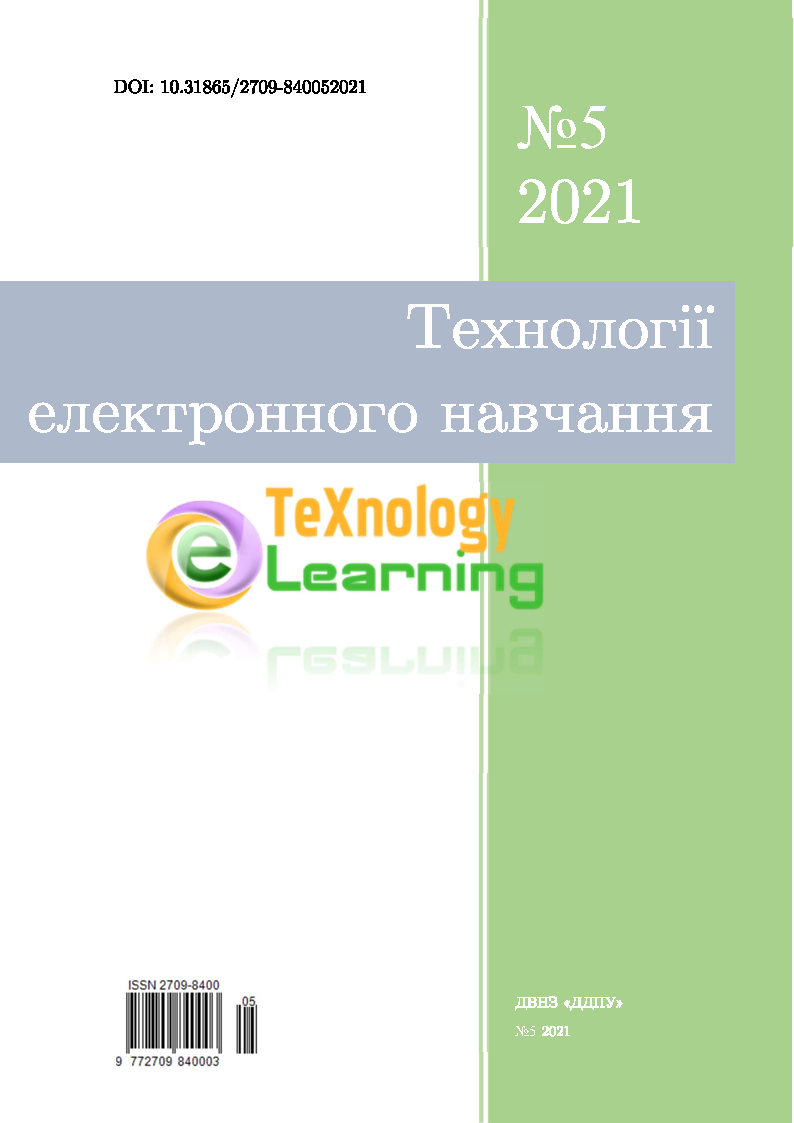Use of virtual laboratory PhET for organization and conduct of independent physical experiment
Keywords:
experiment, independent experimental activity, differentiation, model, integrated knowledge, complexityAbstract
The article, on the example of laboratory work on optics "Determination of refractive index of glass", highlights the possibilities of using a virtual laboratory PhET for independent experimental activities of students. Possibilities of expanding the range of physical experiments on the topic of studying and implementing a differentiated approach to their conduct are revealed. The expediency of using virtual laboratories for conducting an experiment at a higher level, comparing the results and thus creating opportunities for more accurate determination of the studied parameters is shown. The advantages of combining real and virtual experiment in the complex formation of conscious knowledge and practical skills are outlined.
References
1. Желюк О.М. Засоби НІТ у навчальному фізичному експерименті /О.М.Желюк // Фізика та астрономія в школі. – 2003. – No1. – С.39-43.
2. Лаврова А. В. Шкільний фізичний експеримент з використанням комп’ютерно орієнтованих засобів навчання / А. В. Лаврова, В. Ф.Заболотний // Збірник наукових праць Кам'янець-Подільського національного університету ім. Івана Огієнка. Серія : Педагогічна. - 2014. – Вип. 20. – С. 136-139.
3. Ляшенко Ю.О., Дідук В.А. та ін. Розробка та методика астосування автоматизованого апаратно-програмного комплексу для проведення лабораторних робіт з фізики. Вісник Черкаського університету . 2016. No 17. С. 102-109.
4. Петриця А. Особливості використання цифрових лабораторій у навчальному фізичному експерименті / А. Петриця // Молодь і ринок. – 2014. – No 6. –С.44-48.
5. Юрченко А.О., Хворостіна Ю.В. Віртуальна лабораторія як складова сучасного експерименту. Науковий вісник Ужгородського університету. серія: «Педагогіка. Соціальна робота». 2016, No 2 (39). С. 281-283.
Downloads
Published
How to Cite
Issue
Section
License
Copyright (c) 2021 E-learning teXnology

This work is licensed under a Creative Commons Attribution-NonCommercial-ShareAlike 4.0 International License.




